In 2009, it was reported that livestock farming in Kenya directly pumped 356.217 billion shillings in the economy, accounting for 12% of the overall GDP.
Livestock farming in Kenya can be large or small scale depending on the size of land and level of technology being employed.
Kenya’s different climatic regions determine the type of livestock breed to be carried out.
History of livestock farming in Kenya
Livestock farming in Kenya began before the colonial period with the inhabitants of current Kenya then.
Earlier inhabitants of Kenya were forced to improve their farming methods towards keeping animals for substance use to complement crop farming
Dogs used to assist earlier settlers in Kenya to catch wild animals like jungle rabbits and squirrels apart from acting as a companion. Hence dogs were first to be domesticated.
Goats, cows, and sheep followed after that.
Ruminants provided meat, milk, labour and fulfilled cultural demands in earlier Kenya days and even today.
As more livestock variety was reared in farms (then) there was an availability of enough milk, meat, skins and hides to cater for subsistence use.
Donkeys, camels and some cattle (oxen) are domesticated in Kenya for the sole purpose of transporting the livestock products to desired destinations.
Pigs became easily manageable because they consumed leftovers from the bounty harvest of livestock products.
Types of Livestock Farming in Kenya
The following are the different types of livestock found in different parts of Kenya.
- Cattle
- Sheep
- Goats
- Pigs
- Rabbits
- Donkeys
- Camels
1. Cattle Farming in Kenya
The following products are found from cattle rearing in Kenya
- Milk
- Hides
- Meat
- Dung
- Blood
- Urine
Note: Cattle also serves as a source of wealth and social authority among the Maasai of Kenya.
2. Sheep Farming in Kenya
Several breeds of sheep are reared in Kenya for specific purposes based on the aim of the farmer.
The most common purposes are to harvest fleece and get food (mutton) for both commercial and subsistence propose.
3. Goat Farming in Kenya
Due to the hardy nature of goats, you’ll find them in large numbers and different varieties around arid and semi-arid parts of Kenya.
Goats ability to thrive in different environments makes them available across Kenya.
Goats are easy to manage as they require little attention hence the reason most farming families keep them
The main reasons for maintaining goats are to get Milk and meat
4. Pig Rearing in Kenya
Pigs kept for their meat found in Kenya include:
- The Hampshire
- The Duroc
- The Large white
- The landrace
5. Donkey Farming in Kenya
Donkeys’ role in Kenya has been synonymous with providing, labour, and this has been the main reason for their rearing. Donkeys are found mainly in Northern Kenya still expect to see them across the country.
6. Rabbit Rearing in Kenya
Rabbit meat is becoming popular due to the perceived nutritional benefits. As a result, the market for rabbit meat is growing big daily.
7. Camel Farming in Kenya
Primarily found in the dry parts of North Eastern Kenya because of their abilities to survive. They provide meat and milk.
Critical Developments in Kenya’s livestock production.
- Farmers are conserving space. Nomadic livestock farming is being discouraged.
- There is the incorporation of New farming technologies
- Waste of livestock products has been minimized through Value addition.
- Camel keeping is embracing to serve tourism and other recreational purposes.
- Donkey meat production is picking up. Kenyan Donkey farmers in Naivasha are supplying China with constant donkey meat.
- Pet domestication has remained a preserve for family people today. The housing deficit in Kenya has made pet keeping to be a rich culture.
The Probable Future of Livestock Farming in Kenya
More and more Kenyans are consuming spaces and competing with livestock for land, which supports the growth of grass, dwelling, and water. This trend could pose a food crisis in the future.
The answer to successful livestock farming in Kenya lies in digital innovations through the following perspectives.
- Expect to witness cattle being slaughtered by robots in large farms while drones being employed to monitor the movement of large numbers of sheep.
- In future Kenyans might be able to feed your pet that has remained at home with the touch of a button on your computer while your 10 miles away working.
- Town and city planning in Kenya will be embedded in digital innovations so that livestock domestication and production will be assured to sustain the available population.
To stay ahead of our time and reconcile with the future, I would urge Kenyans to always think of digital revolutions when talking about the future of livestock production.
What about Pastoral Farming in Kenya?
Livestock farming in Kenya is primarily practised traditionally by nomadic communities like the Maasai.
The Maasai of Kenyan is predominantly found in Kajiado county. A location that is dry most parts of the year.
Every time the season changes Pastoral livestock farmers equally vary their address temporarily depending on where there is enough water and grass to keep their livestock going.
Kenyan livestock farmers have for the long embraced nomadic lifestyle to the point of passing it on from generation to generation, therefore, encrypting the nomadic lifestyle in their culture.
Arid and semi-arid parts of Kenya have taken the lead in Pastoral (traditional) livestock farming because of these climate zones experiences wet and dry weather in turns that are not proportionate.
These Areas in Kenya practice Pastoral livestock farming
- Marsabit: Northern Kenya, now in Marsabit County.
- Mandera County
- Wajir: North Eastern Kenya, currently Wajir County
- Garissa; North Eastern Kenya, Garissa County.
- Narok – found in the west of Nairobi, in Narok County
- Kajiado: Found in current Kajiado county and Borders Nairobi and extends to Tanzania.
- Pokot: Found in Baringo County.
- Turkana: Found along with the North-western most of Kenya, currently Turkana County.
- Lodwar: Found in Northwestern parts of Kenya.
Predominantly nomadic communities in Kenya are
- Maasai: Are Nilotes found in central and southern Kenya. Some of them extend to northern Tanzania.
- Turkana: Nilotes found in Northwest part of Kenya.
- Pokot: Located in Baringo County, in Kenya. Some of them extend to the Karamoja region in neighbouring Uganda.
- Borana: Found in the northern part of Kenya and neighbouring Ethiopian border.
- Somali: Live in the Northeastern part of Kenya.
- Rendile: Cushites who inhabit the harsh region between Lake Turkana and Marsabit Hills of Kenya.
Note: Pastoral farming in Kenya has certain unique features. These unique features enable scholars to categorize them.
Scholarly categorization of livestock farming facilitates more straightforward mapping for dispensing veterinary services, educating communities on new methods of livestock farming, buying of livestock, and so on.
Characteristics for Pastoral farming in Kenya.
- Mixed rearing of different types of livestock.
- The livestock is not that healthy as you may expect—E.g. Emaciated, sick and starving livestock.
- Arid and semi-arid parts of Kenya lack enough agricultural extension services.
Nomadic living hinders Kenyan pastoral livestock farmers from accessing essential services like health, clean water, education and recreation as it ought to be.
This set-up has negatively affected the human development index of pastoral farmers in Kenya.
- The Kenyan pastoral farmers hold a meaningful cultural relationship with their livestock.
- Stepping into the grazing territories of the Kenyan pastoral farmers could result in violent confrontations that would need the intervention of the authorities.
- Most of the times, the conflict has risen from livestock grazing territories among the pastoral communities in Kenya like among the Pokot. Resulting in the massive loss of property and life.
- Guns, arrow, machetes and They move to dry areas and wet areas at specified times of the year to perform celebrations.
- Livestock is a sign of wealth, accomplishment and comes with a lot of respect from the community.
It is on this status that livestock farming in pastoral communities in Kenya has taken a gendered approach by favouring men over women.
Challenges Facing pastoral farmers in arid and semi-arid areas
Now that you have the understanding of the traits for Kenya pastoral communities, your creative part of the brain is now alert. Imagining how innovating solutions to improve livestock farming can be sort.
Before any innovation is proposed on improving the livestock farming reality in Kenya, there needs to be an understanding of the specific challenges on the ground. As stated below.
Challenges facing Kenyan Pastoral farmers
High Death rates
There are Serious morbidity levels among the pastoral farmers and their livestock. This is because the arid and semi-arid parts of Kenya are underdeveloped limiting public services like water supply, health provision, and animal treatment.
Lack of enough access to public services like veterinary and public health facilities exacerbates the spread of diseases due to the overcrowding nature of livestock in the pastoral communities of Kenya.
In full-blown cases of diseases there usually results in the death of humans and animals.
When there is the consumption of meat from a sick animal, the rate of causalities from members of a Kenyan pastoral community could be dire. Sadly the health service response is almost zero.
Also, livestock owned by pastoral communities in Kenya usually survives through evolution. In that those that cannot develop a tough skin over pests like tsetse flies and disease like anthrax have to succumb to death since veterinary facilities are limited or out of reach.
- The soil found in most Kenyan pastoral areas doesn’t support the growth of nutritious pastures.
Low-quality livestock, in the long run, contributes to low earnings by Kenyan pastoral farmers confining them to poverty, yet they have large numbers of livestock. Ironical.
- Livestock rustling is a severe seasonal problem that has been a pain in the economy of Kenyan Pastoral farmers for ages.
Among Kenyan Ogiek, Pokot and Maasai Pastoral Communities, there have been multiple and unfortunate incidences of violence that have left hundreds dead. Due to cattle rustling.
Retrogressive cultures push young pastoral community members to rob livestock from neighbouring communities to be initiated into adulthood. This trend fuels seasonal conflict.
Is there hope for the troubled Kenyan Pastoral livestock farmers?
Excellent, by now, I believe you have a better clue to initiate proposals towards improving pastoral livestock farming in Kenya. If this is not your priority, then keep reading to nourish your expertise in this field.
How to intervene in the Kenyan pastoral livestock farming
- Investing in modern veterinary services.
* This is the long-term solution that would see future rural farmers in arid and semi-arid parts of Kenya embrace rearing fewer but manageable livestock with an agribusiness intention.
This demand for honey is expected to further increase in future. Due to a projected increase in the middle-class citizens of the Middle East and Asia with an appetite for incorporating healthy diets commodities like honey.
- Development Stakeholders, including Government, must meaningfully invest in research towards improved grass quality and livestock breeding techniques.
- Community engagement programming must be directed towards mediating the warring pastoral communities in Kenya.
Rustling has mediated by deploying police officers and recruiting community members to act as police reservists in more affected areas. Unfortunately, these strategies haven’t borne the desired results. More needs to be done at grassroots.
Cattle rustling has contributed to the leaving behind of Pastoral livestock farmers predominantly found in Northern Kenyan and Along the Kenya Tanzania Boarder.
A cry for justice for many years by the Kenyan Pastoral communities to bridge the economic gap that exists between them and other Kenyans have been made frequently.
Take away
It’s not that livestock farming cannot pay in arid and semi-arid Kenya. Also, for one do achieve productive livestock farming, it is not a must to have substantial capital investments and vast land to yield profits. All these are but myths.
Other countries like Israel with the same climatic Challenges like the Kenyan Arid and semi-arid parts have shown success where Kenya has failed.
Properly planned livestock farming underpinned on reputable research can economically revitalize the lives of livestock farmers from hard to reach parts of Kenya in a short period.
It only takes thinking outside the convenient corners of ourselves when deliberating on the way forward for pastoral livestock farming in Arid and Semi-Arid parts of Kenya.
Sheep Farming in Kenya
Sheep breeds found in Kenya are :
- Crossbreeds
- Fine wool sheep
- Indigenous Hair
- Exotic Wool Sheep
1 Crossbreeds
Some of the crossbreeds found in Kenya include:
- Dorper
Was introduced Kenya from in South Africa by the Kenya Agricultural Institute (K.A.R.I) in the 1950s.
The Dorper is a crossbreed between the Black Persian breeds with the Dorset Horn.
Dorper is an amalgamation of Dorset and Persian. Now you know.
The Dorper usually has a black head and white body.
The Dorper can survive in the arid and semi-arid parts of Kenya.
Even though the Dorper can survive in dry areas when faced with desert infections like the gastrointestinal parasites this breed might not survive at the same rate as compared to local(native) sheep in arid parts of Kenya.
The Dorper can be found in Nakuru County.
Related Reading: http://agtr.ilri.org/read_massai
Characteristics of the Dorper
- Hornless
- Long body
- Short covering (white) of wool and hair.
- Dark headed with a white body or completely white.
- Primarily mutton reared for mutton.
- Experiences long Breeding seasons.
- Dorper Ewes are very fertile in terms of giving birth
- Dorper ewes can lamb up to three times in two years.
- Can weigh up to 34 kilograms in 4 months.
- Matures in 4 to 5 months under prescribed conditions.
Related Reading
Found in Elgeyo Marakwet, Narok, Kajiado and Naivasha.
- The Hampshire
This is a crossbreed between the old Hampshire and the Wiltshire Horn sheep.
It is ideal for fat, juicy, delicious and lean mutton.
Characteristics of the Hampshire
- Large-sized and strong muscling
- Blocky bodies
- Mainly white
- Dark Faces
- Drooped ears
- Dark legs with wool below the knees
- No horns
- Can add up to 34 kilograms in 4 months.
- Mature Hampshire ewe weighs 90Kgs while rams go for 120Kgs
Note: Even though the Hampshire look gigantic, they are not rowdy. You can afford to relax in their presence since they don’t attack
This breed of sheep can be found in plenty at the Molo Sheep Ranch in Nakuru county.
Fine wool sheep
Kept for wool. Can also be used for mutton production.
This breed is valued for its quality accumulating wool texture that serves high-end clothing customers.
Also, it produces a fleece that is short ideal for hand-spinning during cloth production.
Beautiful wool sheep baby lambs take longer to gain weight and size when compared to other breeds. Hence they require more attention.
This breed is can easily be managed. They are not stubborn.
The fine wool breeds available include :
- The American Cormo (not common in Kenya )
- Rambouillet
- Delaine-Merino
- Booroola Merino
- Debouillet
- Rambouillet
Characteristics of the Rambouillet
- body covered in wool including the area around the mouth
- Ears surrounded by white hair
- Has a lot of dense hair
- Big sized head
2.The Delaine Merino
This breed is Hardy hence able to survive in varied weather patterns.
It has the uniqueness of skin wrinkles.
The essential rearing purpose for Delaine-Merino is wool.
Physical Features
Has oily, dense and accumulated wool that reaches the legs.
They grow long legs
Mature Ewe is between 55-87 Kgs
- Booroola Merino
This breed is popularly known for producing twins.
It is a crossbreed between the Rambouillet and the Delaine Merino.
Its basic rearing course is to provide wool.
White-haired on face and legs
Long and fine wool
The ewes have horns while rams might not
Mature rams weigh between 75 -110 Kgs while ewes are 58-75Kgs
Unique Characteristics
- small in size
- Lambs develop slowly
- Produce dense, fine fleece
- They are quite beautiful when mature
- Have horns
- Mostly white
- Debouillet
It is a crossbreed between the Rambouillet and the Delaine Merino.
Its basic rearing course is to provide wool.
Key distinguishing features
- White-haired on face and legs
- Long and fine wool
- The ewes have horns while rams might not
- Mature rams weigh between 75 -110 Kgs while ewes are 58-75Kgs
Indigenous Hair Sheep
Indigenous sheep breeds in Kenya are :
- The Red Maasai (The Maasai sheep)
- The Black Head Persian (The Somali Sheep)
The Red Maasai
Found in South-Eastern parts of Kenya.
Their core rearing purpose is to provide mutton.
In some instances, they provide milk.
Characteristics
- Have high fertility rates
- Red Brown
- Has lots of fat on the tail
- May have a hairy tail
- Are Hardy
The Black Head Persian
Mostly found in Northern Eastern parts of Kenya.
They are preferred for mutton production.
Is Hardy in nature?
They exhibit high-quality skin condition.
Characteristics
- Black-headed
- White-bodied
- Ewes and rams lack horns
- Tails and rump have fat
Exotic wool sheep
Mostly found in the cooler highlands of Kenya like Molo, Timau, and Nyandarua.
The Exotic will sheep breed is shared among large farms and not in small-scale livestock farming.
Kenyans keep sheep majorly for mutton and as such the exotic wool sheep breed is perfect for wool rearing.
Highlands in wool business prefer exotic wool sheep.
Cattle Farming in Kenya
Cattle Farming in Kenya is a venture that has been accepted widely with pride.
Kenyans rear cattle for the following principal reasons:
(1.) To get dairy products for selling and subsistence use.
(2.) To get beef products for commercial, subsistence and cultural functions.
(3.) To use cattle in ceremonious events like bullfighting.
Dairy Farming in Kenya
The demand for dairy products is ballooning every day in Kenya, pushing many entrepreneurs to explore this venture further.
Currently, smallholder dairy farmers in Kenya control the largest share of the dairy industry. Smallholder dairy farmers hold 70 % of the dairy cattle in Kenya.
There are over 3.8 million dairy cattle in Kenya, producing are 4.5 billion litres of milk annually. Kenya is the leading dairy producer in the East African region.
There are four main types of dairy breeds in Kenya. They include:
- Guernsey
- Ayrshire
- Jersey
- The freshman (Friesian )
Guernsey
Known for its abundant production of creamy yellow-coloured milk, Guernsey is also referred to as the “Golden Guernsey”.
Characteristics
- Coloured between yellow to reddish-brown with white patches
- Cow Weighs between 400 to 500 Kgs
- Bull weighs 600-700Kgs
- Can calve at 22month
- Can give 25 litres of milk in a day under proper care.
Ayrshire
This breed is hardy and well able to convert grass into milk
- Characteristics
- Has a red and white coat
- Moderately a butter-feet breed
- Mature Ayrshire weighs 400-600 Kgs
- Their calves are healthy and easy to raise
- Can give 25 litres of milk in a day.
Jersey
Mostly light brown, but you can meet some that range from grey to light brown.
It’s a widely accepted breed in the world, including Kenya.
It produces high-quality milk that is rich in nutritional elements, protein, and other minerals.
Characteristics and behaviours
- Like playing with their tongues
- One of the prettiest cows you can meet
- Females can breed as early as 8-9 months.
- Jersey bulls are known to be aggressive.
- Jersey cows can be 75% of the average dairy cows.
- Female Jersey cows can
- Can give 20 litres of milk in a day.
The freshman (Friesian)
Many Friesian cows today are between 25 to 75 per cent Holstein breeds.
Great grazing animal.
Can sustain itself over many lactation periods.
Mainly reared for dairy products while the bulls make good beef sometimes.
Characteristics
- Can have one or two colours, mainly white with black patches.
- Are horned
- An average Friesian cow goes for 580Kgs at full maturity
- Experience extended longevity hence no need for frequent replacement
- Great calving rates
- Give a high level of protein in their milk, up to 3.4 %.
- Can give 20 litres of milk in a day, on average.
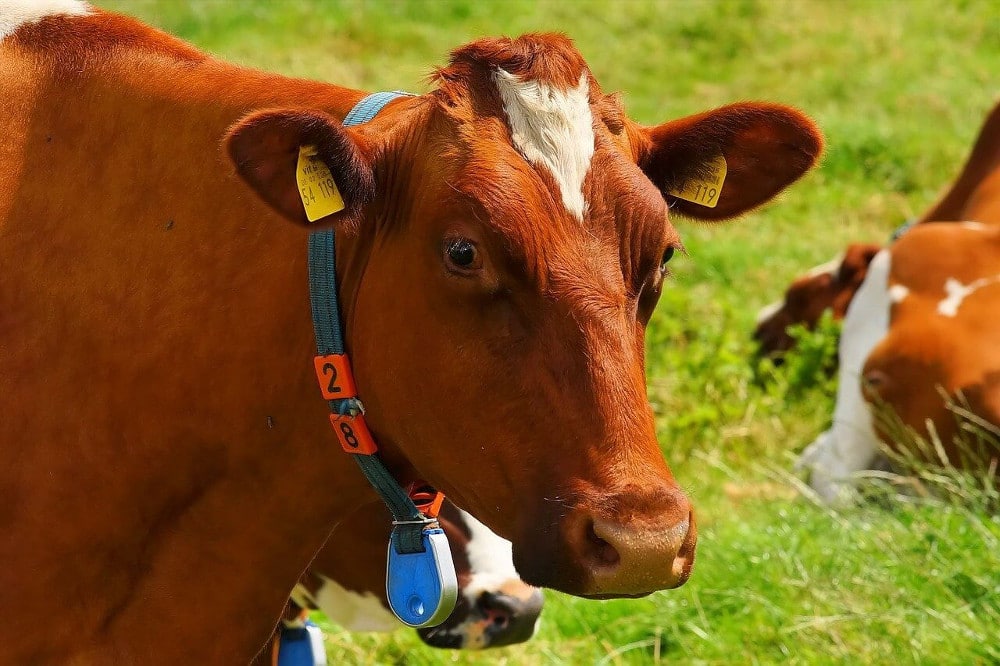
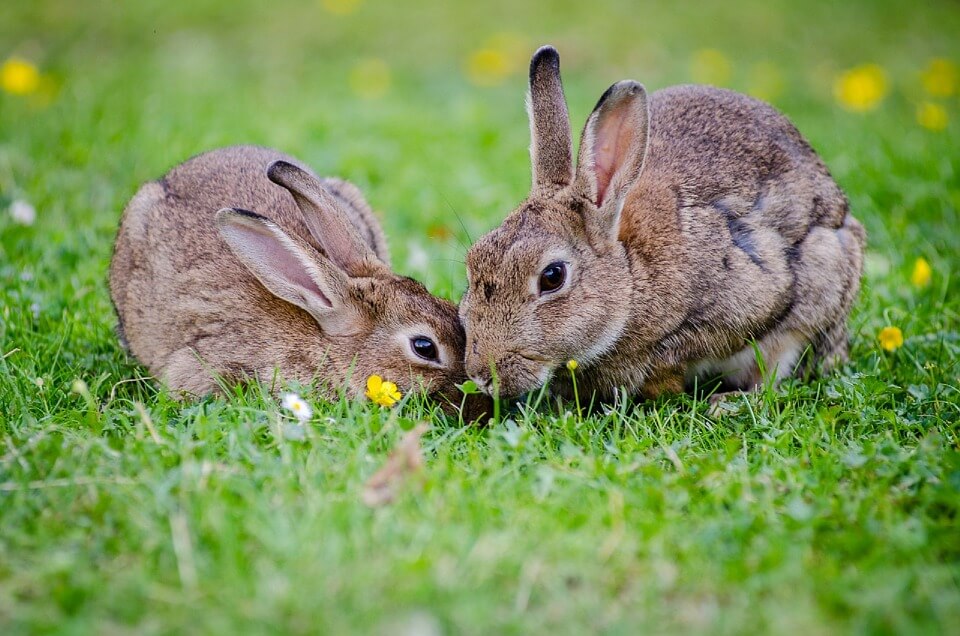
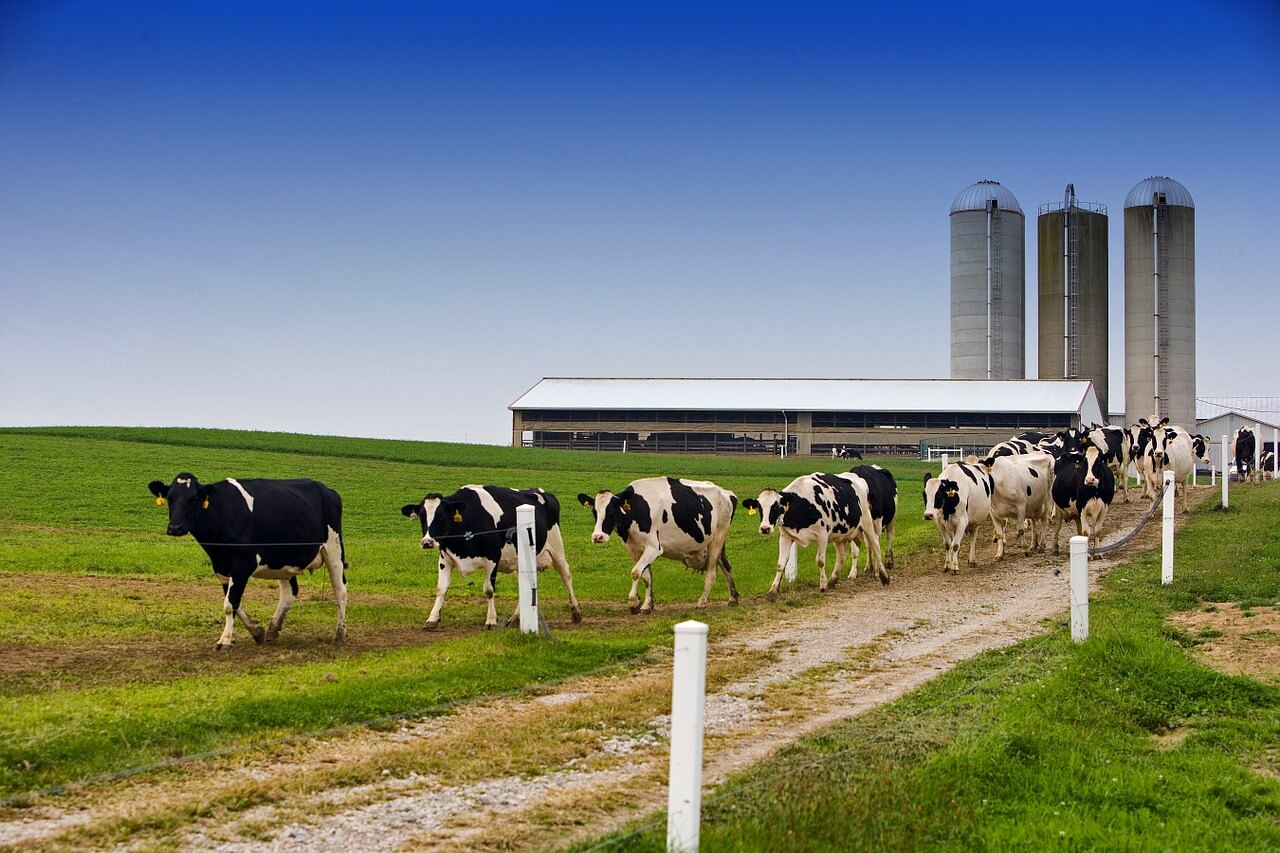
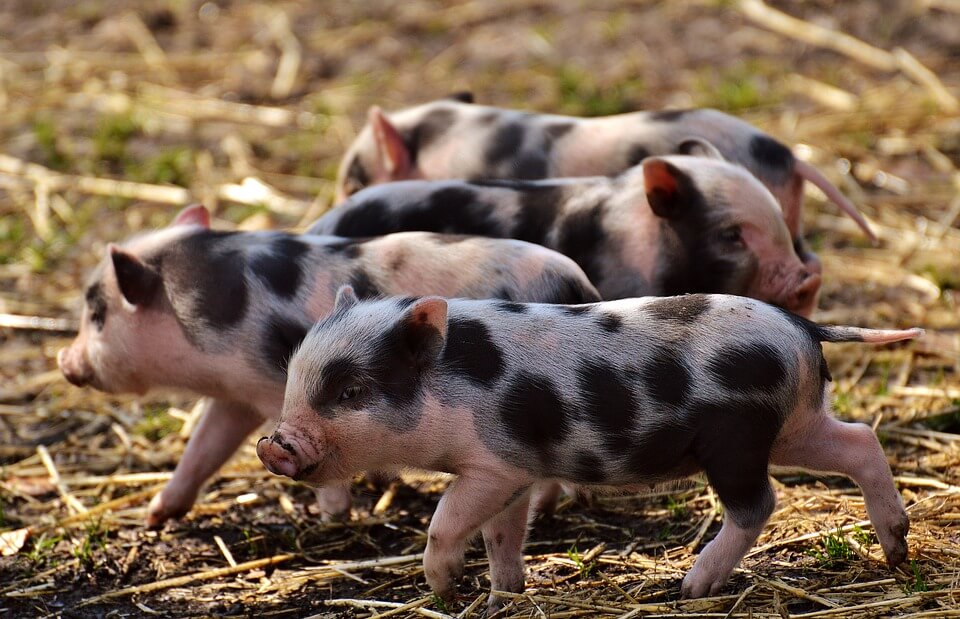
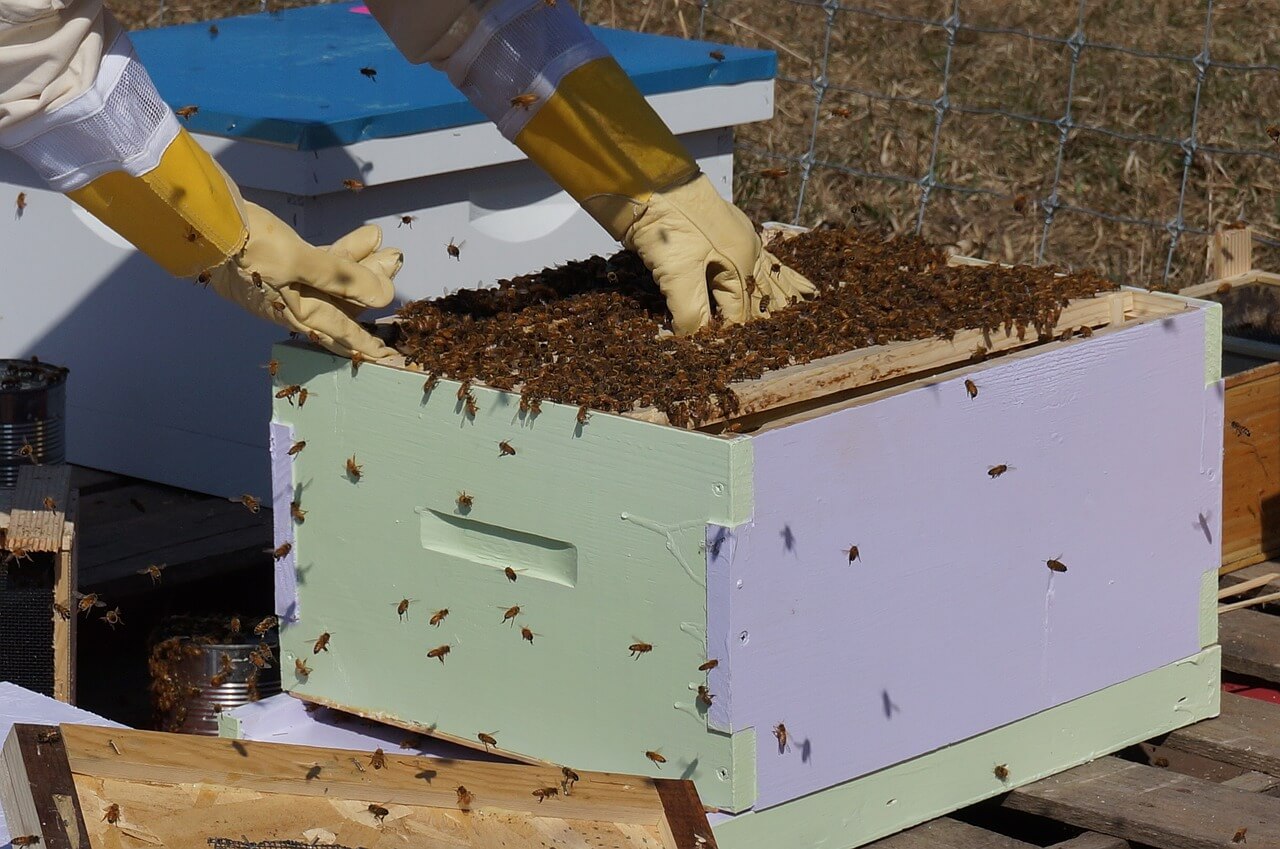
Comprehensive.
Thank you for reading